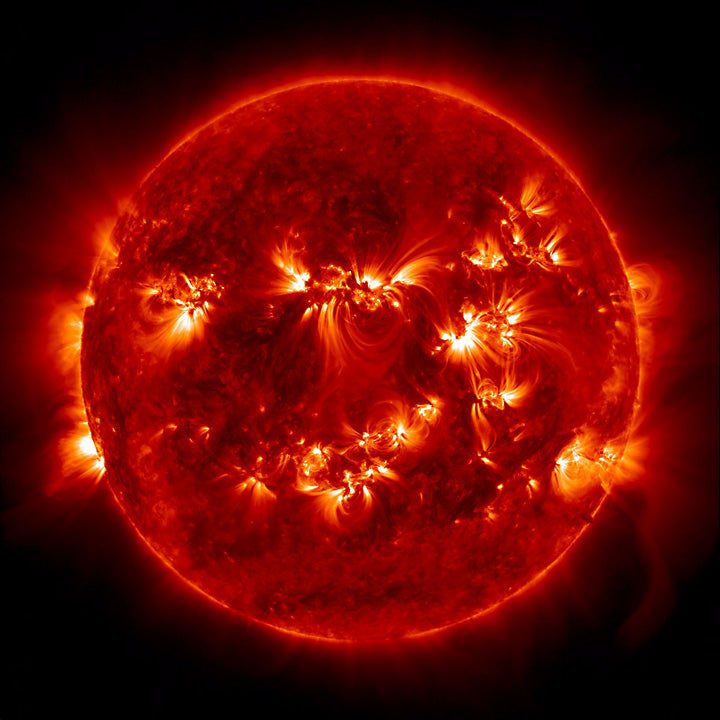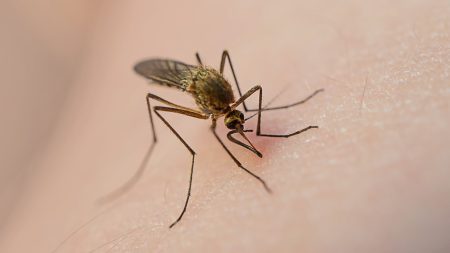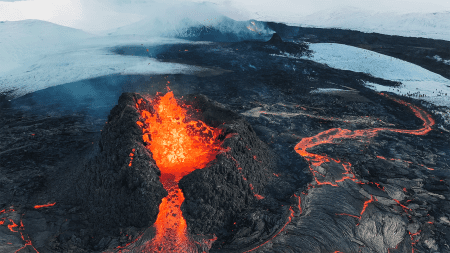
Our sun might not seem as enigmatic as more exotic, distant stars, but it’s still a marvelously mysterious miasma of incandescent plasma. And it’s certainly worthy of our scientific attention: Curiosity aside, a violent solar event could disrupt satellites and cause $2 trillion in damages for the U.S. alone. Yet, despite living in its atmosphere, we don’t understand some of its defining phenomena. For sixty years, we haven’t understood why the surface is a cozy 5,500 Celsius, while the halo called the corona—several million kilometers away from the star’s surface and 12 orders of magnitude less dense—boasts a positively sizzling 1-2 million Celsius.
To figure out why, NASA needs to fly a little closer to the sun—and touch it.
We know that magnetic reconnection—when magnetic field lines moving in opposite directions intertwine and snap like rubber bands—propels nuclear weapon-like waves of energy away from surface. Meanwhile, magnetohydrodynamic waves—vibrating guitar string-like waves of magnetic force driven by the flow of plasma—transfer energy from the surface into corona. However, without more data, our understanding of phenomena like coronal heating and solar wind acceleration remain largely theoretical…but not for long.
Launching in 2018, NASA’s Solar Probe Plus will travel nearly seven years, setting a new record for fastest moving object as it zips 37.6 million kilometers closer to the sun than any spacecraft that has ever studied our host star. But what manner of sensory equipment does one bring to Dante’s Inferno?
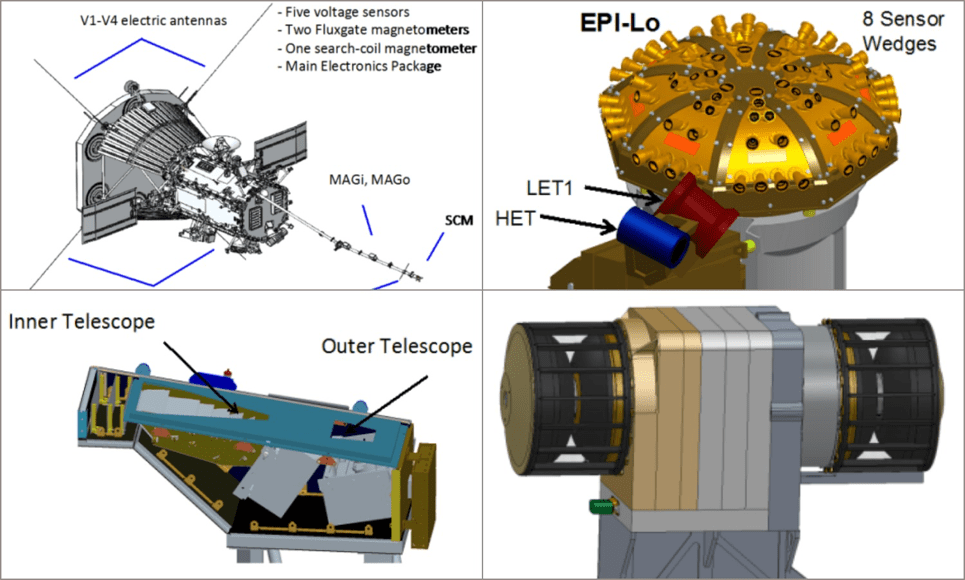
Spacecraft systems engineer Mary Kae Lockwood tells PopSci that the craft will rely on four main instruments. The Solar Wind Electrons Alphas and Protons systems, or SWEAP, will monitor charges created by colliding electrons, protons and helium ions to analyze solar wind—ninety times closer to the sun than previous attempts. Similarly, the ISIS (Integrated Science Investigation of the Sun) employs a state-of-the-art detection system to analyze energetic particles (think: cancer-causing, satellite-disabling particles).
The FIELDS sensor, meanwhile, will analyze electric and magnetic fields, radio emissions, and shock waves—while gathering information on the high-speed dust particles sanding away at the craft using a technique discovered by accident. Lastly, the Wide-field Imager for Solar Probe, or WISPR telescope, will make 3D, cat-scan-like images of solar wind and the sun’s atmosphere.
There’s just one problem. Between intense heat, solar radiation, high-energy particles, the fallout of solar storms, dust, and limited communication opportunities at closest approach, all that sensitive equipment is going to an environment that almost makes Juno’s new home look sympathetic by comparison.
“One of the things we had to watch out for in the design,” according to Lockwood, was the electrical “charging” of the spacecraft by the solar wind. The probe has to be conductive “so that the instruments that are actually measuring the solar wind don’t have interference.”
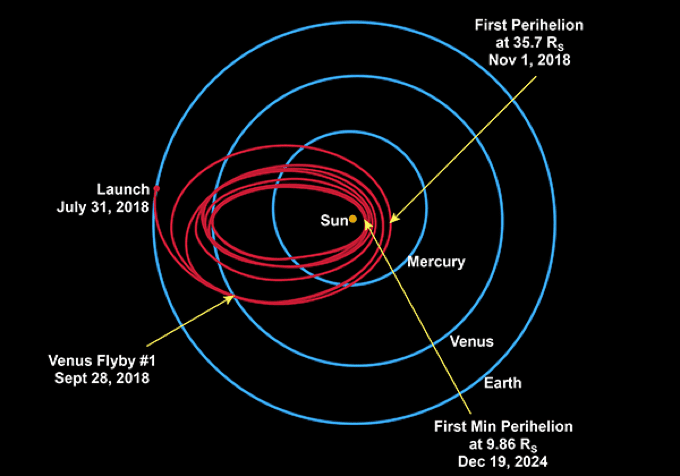
To get close enough to worry about that, though, the probe’s has to “lose some energy” says Lockwood, performing several Venus flybys to shrink its orbit “[allowing] us to get . . . closer and closer to the sun.”
However, that comes with “interesting design challenges, because you’re not only going into the sun” as heatshield mechanical engineer Beth Congdon tells PopSci. “You get hot on approach, and then come out and get cold,” over and over for 7 flybys and 24 orbits. “You actually need to have it cyclically survive hot and cold temperatures.” And high energy particles. And hypervelocity dust. For that, you need a heat shield “different from any other heat shield that has ever existed.”
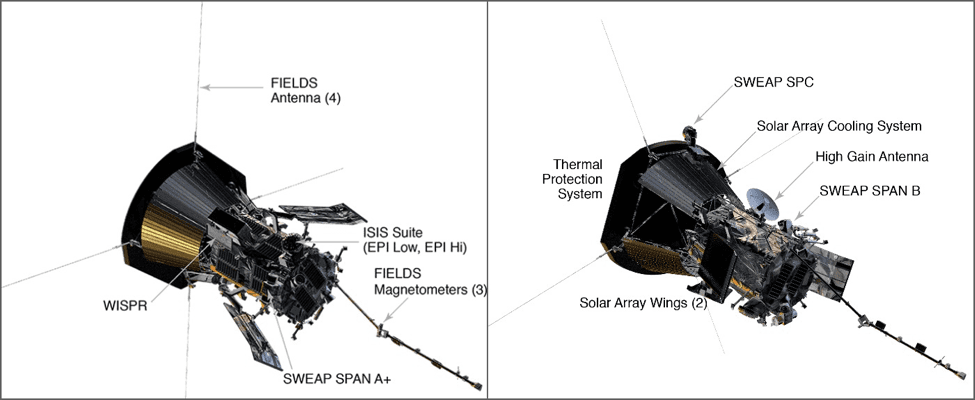
The incandescent elephant in the room
“A lot of heat shields you typically think about, like the shuttle . . . They have a few minutes maximum of that kind of heat.” But at the probe’s closest approach of 5.9 million kilometers, Congdon says, temperatures will reach up to 1,377 Celsius for a full day.
But carbon can come to the rescue. “On Earth, carbon likes to oxidise and make barbeque,” chimes Congdon, “[but] in the vacuum of space, it’s a great material for high temperature applications. The probe’s shield is made of carbon foam, sandwiched between layers of carbon composite, with a reflective ceramic coating.
What’s more, she says, most shields have the luxury of being attached to a vibration-dampening platform. This shield, on the other hand, had to be integrated in such a way that it could mitigate vibration without one “so that we could keep the whole system as low mass as possible.” The slim, trim, and ultralight build, however, makes it challenging to keep all the sensitive equipment hidden safely behind it.
To that end, the craft is outfitted with solar limb sensors. These sensors would be the first thing to get illuminated if the spacecraft started drifting off-kilter, and would inform the autonomous guidance and control system that keeps all the instruments behind the thermal protection system, and which is even outfitted with a backup processor in case of any malfunctions.
Meanwhile, the solar array, facing solar intensity 475 times greater than here on Earth—in an environment where “one degree of change, at closest approach, equals a 30 percent change in power”—will automatically retract behind the heat shield whenever it swings toward the sun. From there, it’ll be kept at a cool 160 Celsius by a network of water-filled titanium channels.
So while the heatshield weathers a minefield of million-mile-per-hour winds and countless coronal mass ejections, the communication system scarcely able to relay information for 11 straight days, the array will be kept comfortable—all while powering an autonomous 1,345 lb scientist on the doorstep of our little cosmic neighborhood’s big, confounding catalyst.
“Going to a place changes everything we think about a place. Just look at New Horizons and how it’s changed our thoughts, beliefs, and understanding of Pluto. We’re really excited to go and totally change our view of the sun,” says Congdon. Understanding the sun’s defining phenomena is a tantalizing goal. But first we have to contend with 143.3 million kilometers of space—and one of NASA’s most technically challenging builds, over half a century in the making.





